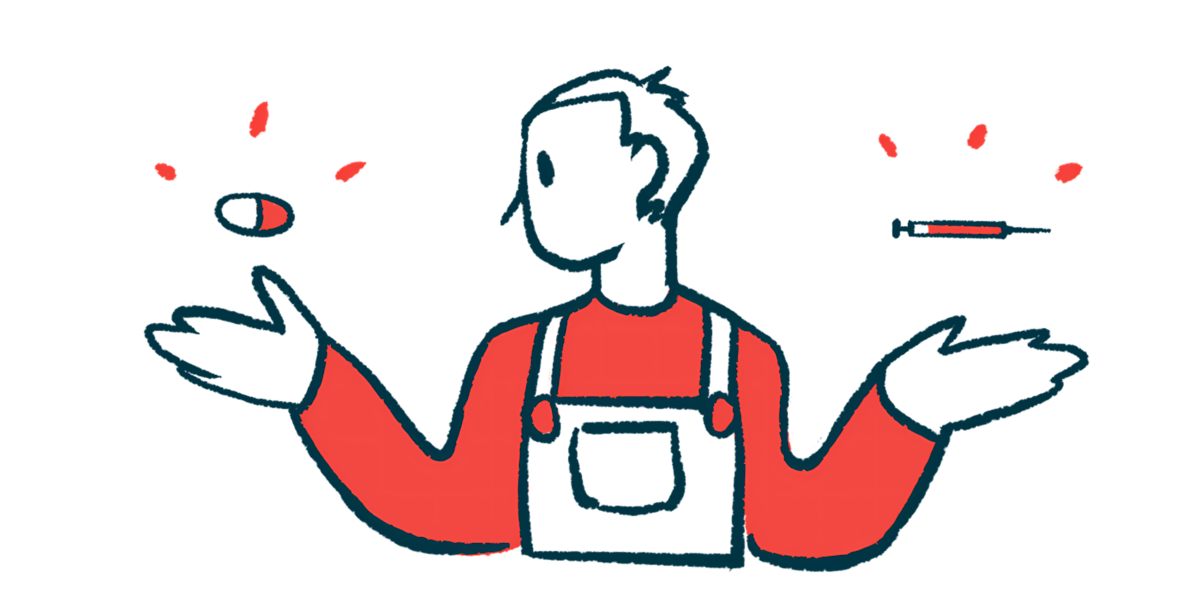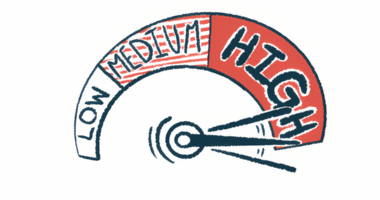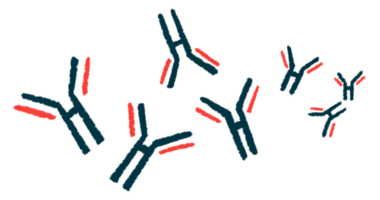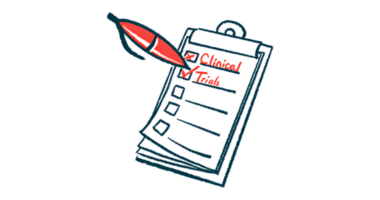Vyvgart may be safer, more effective than IVIG in older patients
Therapy more effective at easing weakness in limbs, respiratory muscles

Vyvgart (efgartigimod alfa-fcab) may be safer and more effective than intravenous immunoglobulin (IVIG) therapy in elderly people with generalized myasthenia gravis (gMG), a study shows.
In elderly Chinese patients with gMG who were positive for antibodies targeting the acetylcholine receptor (AChR), Vyvgart eased symptoms after four and eight weeks of treatment. Compared with IVIG, Vyvgart caused fewer side effects and was more effective, particularly at easing muscle weakness in the limbs and muscles for breathing.
The study, “The efficacy and safety between efgartigimod and intravenous immunoglobulin in elderly generalized myasthenia gravis patients,” was published in Clinical Immunology.
Widespread muscle weakness in gMG is caused by an immune attack that disrupts the communication between muscles and nerves. Self-reactive antibodies are at the forefront of this attack and MG-causing antibodies often target the AChR, a key player in nerve-muscle communication. Most antibodies, including those in gMG, are part of the immunoglobulin G (IgG) class.
Both Vyvgart and IVIG lower levels of the self-reactive antibodies that drive MG.
Vyvgart, which is approved for patients positive for anti-AChR antibodies, increases the rate at which IgG antibodies are broken down, including the harmful ones that drive MG. By doing so, Vyvgart helps reduce autoantibody levels in the blood, which should help ease disease symptoms.
IVIG therapy consists of administering antibodies, primarily from the IgG class, from healthy donors. While its exact mechanism of action isn’t entirely understood, IVIG is thought to modulate the immune system to neutralize and promote the elimination of MG-causing antibodies.
Both carry the risk of side effects and few studies have directly compared the two, according to the researchers. Additionally, “there are no clinical data available specifically for elderly patients treated with [Vyvgart],” they wrote.
Comparing treatments in generalized MG
To learn more, the researchers compared the safety and efficacy of the two treatments in gMG patients, ages 65 and older, who were positive for anti-AChR antibodies.
Twenty-five patients received Vyvgart infusions into a vein once a week for four consecutive weeks, while 49 participants received IVIG infusions for five consecutive days.
In both groups, the treatment improved the score of the MG Activities of Daily Living (MG-ADL), a patient-reported measure of disease severity and impact on daily life. While the effect was comparable between the groups a week after treatment, at four and eight weeks, those in the Vyvgart group had significantly lower scores.
At four weeks, Vyvgart patients saw significant relief from symptoms involving the limbs and respiratory muscles over the IVIG group. Both treatments eased symptoms involving the head, neck, and eye muscles to a similar degree. By eight weeks, all the muscle groups showed similar results in the two groups.
Vyvgart significantly reduced IgG levels, with the largest difference seen four weeks after treatment. Vyvgart also caused fewer side effects, with no infections or serious adverse events reported over the follow-up. Two participants in the IVIG group reported mild headaches and one had a lung infection.
“Our study indicates that among elderly Chinese patients with GMG, [Vyvgart] monotherapy exhibits enhanced efficacy and safety over IVIG at the [four]- and [eight]-week marks, notably in those with respiratory and limb muscle exacerbation,” the researchers wrote.








Leave a comment
Fill in the required fields to post. Your email address will not be published.